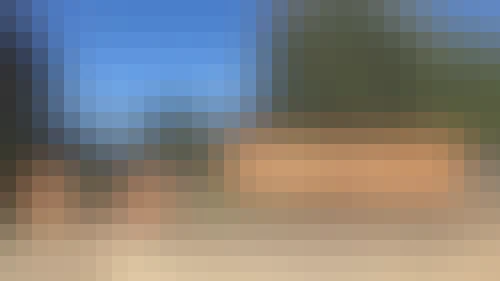
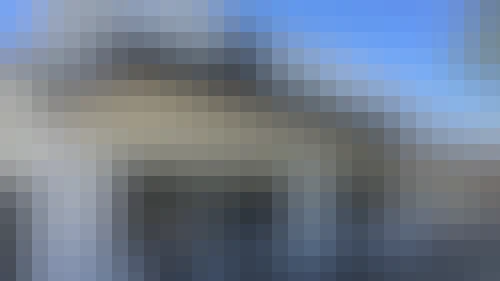


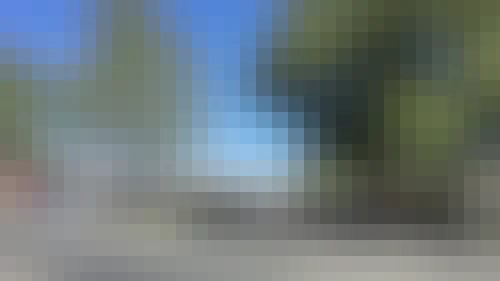
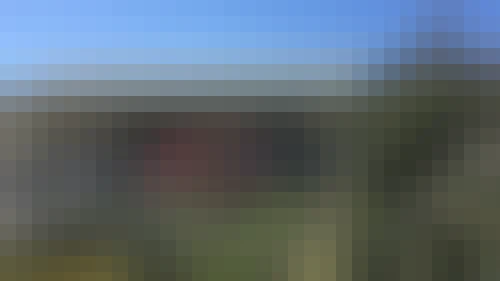
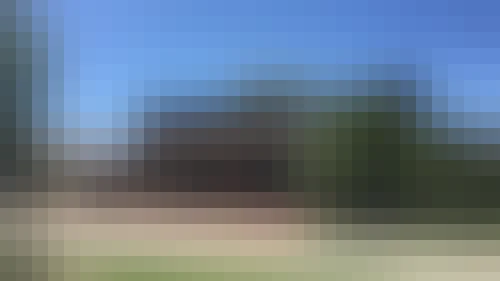

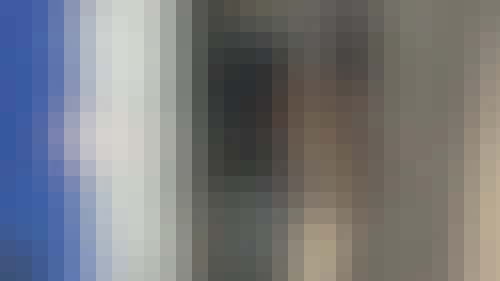
Jindera was gazetted in 1869 with 126 acres set aside for the village. The first Post Office opened a year later and Jindera soon grew into a prosperous town that at one stage featured a hospital, two schools, four hotels, parks and sporting facilities. There was even a racetrack opposite the location of the original public school.
When 56 German settlers arrived in the 1860's from South Australia, they camped at the Four Mile Creek to access a good supply of running water. A Pioneer Cairn has been erected on the site of that original camp.
By the end of the 1880's, the town had a Church of England, a Lutheran church and even a Lutheran school that taught exclusively in German.
A must see is the Jindera Pioneer Museum which was opened by Sir Russell Drysdale in 1968, and shortly after was classified by the National Trust.
Jindera’s main recreation reserve is also centrally located with facilities for football, cricket, tennis, netball, swimming and a skate park. A golf course is located northeast of the town. The Jindera Wetland is a haven for native birds and animals as well as a relaxing recreational walk.